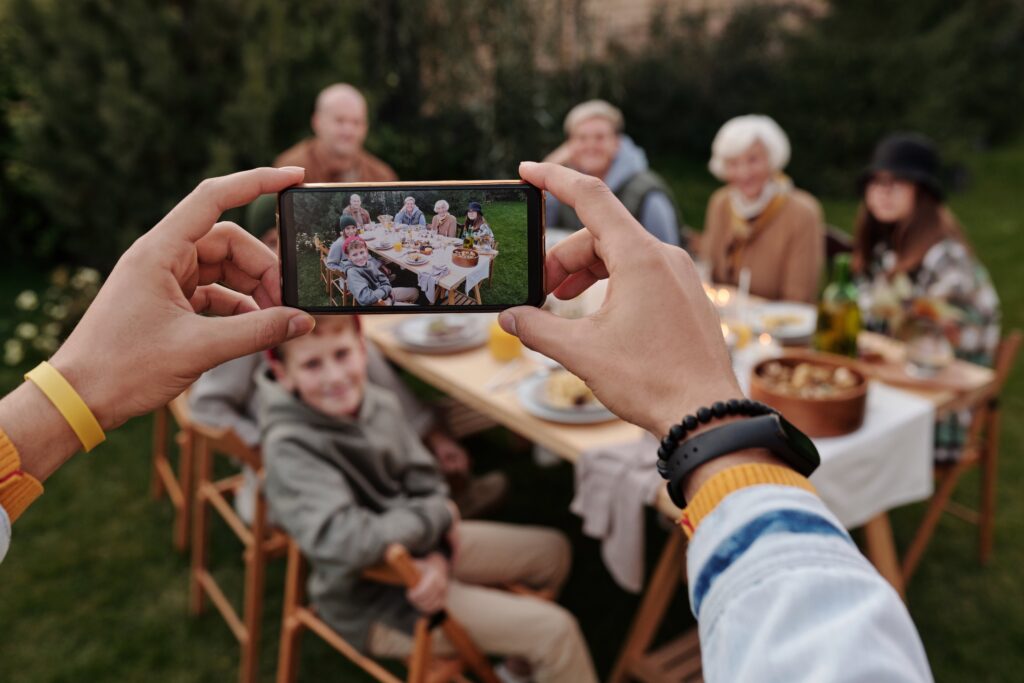I remember my ‘aha moment’ like it was yesterday. I was at a CAGP event at Saint Paul University in Ottawa. It was June of 2002, and I was listening to a presentation by Ken Ramsay – one of the early experts in Canadian planned giving.
As Ken was encouraging the charity fundraisers in the room to reach out to more legacy gift prospects, my brain kicked into overdrive. My main question was: why can’t we use direct mail to persuade ‘everyday’ direct mail donors to make charitable bequests? The fit between direct response donors and gifts in wills seemed obvious to me. And, needless to say, I got very excited about giving it a try.
Exploring the intersection of direct mail and legacy fundraising
I was early in my Good Works career after a first career as a political strategist and campaign director for a national political party. Being experienced in using polling and focus group research to understand audiences, I had an idea.
The Good Works partners at the time agreed to invest in a poll of Canadian direct mail donors, which we conducted in the spring of 2003.
Our poll found that almost a third of respondents – those people who give $50 or $100 a year – either had made charitable bequests already or said they were either very or somewhat likely to do so in the next five years.
That was the start of an amazing 20-year journey for my fellow Good Workers and me.
Gathering the planned giving data, and using it for good
After our initial poll, we conducted several focus groups to listen to direct mail donors talk in more depth about their charitable giving, their life’s values, their wills, and their opinions about charitable bequests.
We found that donors want inspiration rather than instruction when their charities talk to them about legacy giving.
They don’t want you to help them calculate their net worth or the tax benefits of such a gift. They want to hear more about your organization’s mission and how it will address the cause they truly care about.
We took our research to the next level in 2010 when we conducted our first State of the Legacy Nation poll and published our results for the sector. We’ve since repeated that poll regularly, and we’re very excited to be releasing the 2023 State of the Legacy Nation in just a few days.
Over the years, our polling and client work has shown us:
- How many Canadians have wills and how many are likely to make wills in the near future,
- Who Canadians leave their money to (spouses, children, charity etc.),
- How many living Canadians have already left charitable bequests in their wills, and
- What the relationship looked like between direct mail donors and legacy gift donors (there’s a very big overlap).
Digging into the legacy fundraising data
As our practical expertise and historic data set grew, we dug even deeper. We found that there are actually two distinct prospect audiences among your donors.
The first group make up about 5% of all legacy prospects. They are the wealthier, more strategic and tax-conscious donors who take a more financial planning approach to giving.
The second group, and 95% of your prospects; are everyday annual donors who give more emotionally because they care deeply about your cause and mission.
We now know that loyal patterns of giving (many gifts over a long time period) are a better predictor of a legacy gift prospect than large gifts. In other words, someone who has given you $50 a year for twenty years is a better prospect than someone who has made three gifts of $1,500 over the past five years.
This information – collected from surveying Canadians at regular intervals and our ever-growing experience in this field – has been hugely helpful in allowing us to help clients calculate the investment they should make in their legacy programs and what kind of ROI they should set as goals over the next twenty years.

We learn more about legacy giving every day
Our research over the years has helped us understand some important things about legacy donors and their charitable bequests:
- Direct mail donors are interested in bequests and not very interested in other planned giving vehicles like gifts of life insurance, annuities, and charitable remainder trusts.
- Donors are more likely to make bequests when they hear emotional stories about the charity’s work and impact – and stories about why other legacy donors decided to make their bequests.
- Donors don’t connect with the term ‘planned giving’. They prefer ‘gifts in wills’ and ‘charitable bequests’.
Taking legacy giving into the future
When fellow Good Workers Charlotte Field and Holly Wagg came into the partnership, we began researching and developing digital strategies to help persuade donors to make legacy gifts. This has been a huge step forward for us and our clients.
So here we are – twenty years after that first poll of direct mail donors in 2003. We’ve learned a lot. We’ve shared a lot – with our clients and with the sector. And, we’ve helped charities raise hundreds of millions of dollars over the years. As you can imagine, that’s a very gratifying achievement!
As I get closer to the end of my run at Good Works, I feel a deep sense of personal achievement from the lessons we’ve learned and the money our clients and community has raised in legacy gifts.
State of the Legacy Nation 2023 in the coming days
The 2023 State of the Legacy Nation reveals how the landscape of legacy giving in Canada looks nearly 4 years into the pandemic. If you’re wondering how will-making has evolved, what the value of charitable bequests is, and where the market is trending, this report is for you. We think it can help you secure the investment you need to grow your legacy program, plan your revenues and expenditures into the future, and to advance legacy giving with your ‘everyday’ donors with skill and confidence.
